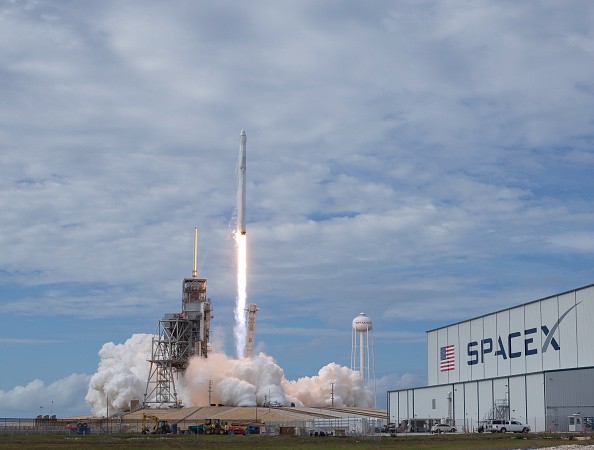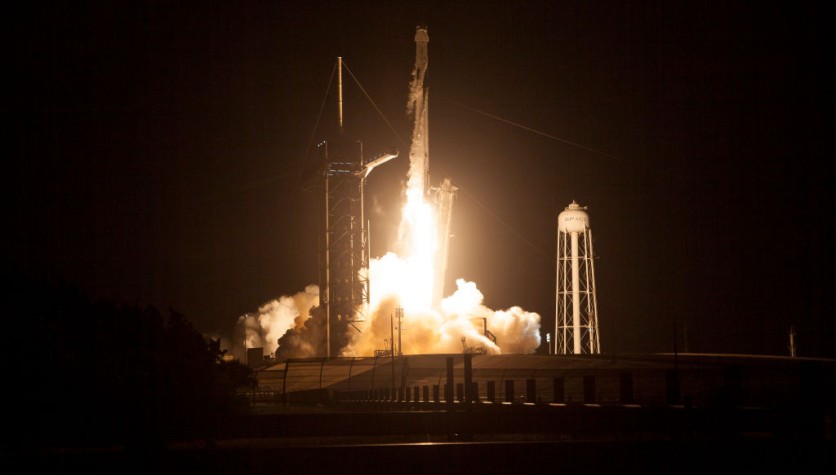SpaceX Falcon 9 will have an on-shore landing, as it would have its launch in Cape Canaveral, Florida, for its next mission and would not be in the usual drone ship to catch it. This would feature an on-shore landing that would have the landing pad around five and a half miles away from where it took off, having its sonic booms heard across the land.
The reusable rocket launcher has been used for many missions now for the private space company, and its most recent launch about a satellite that would monitor Climate Change and endangered wildlife on the planet.
SpaceX Falcon 9 Returns to Cape Canaveral

SpaceX is making a return to the island of Cape Canaveral, Florida, where it launched. The last time SpaceX featured this landing was last December, and it would use the Southerly Polar launch trajectory, which was not used since last August 2020 (via Spaceflight Now).
There are no explanations as to why SpaceX is substituting an on-shore landing maneuver for its drone ships. Still, it may do something with locations and geography as to where its payload and delivery would be. This means that it would not resort to an offshore landing, meaning that it would not use its drone ships to catch the rocket booster as it maneuvers back to the surface.
Cape Canaveral has been an iconic facility globally, being one of the most renowned launch islands that represent most of what the country has achieved on its ventures towards cosmic locations.
Falcon 9 Sonic Booms

According to NASA, Sonic Booms can be heard during acceleration and deceleration, meaning that there would be ridiculously thundering sounds to be heard at both times that the Falcon 9 would launch and return.
This would be heard on both occasions and echoed across other Florida locations, including Brevard, St. Lucie, Seminole, Indian River, Orange, and more.
Sonic Booms are created when a moving object breaks the sound barrier, meaning that it is faster than the known speed of sound, 343 meters per second, on dry air. That is a loud type of sound, and it is incomparable to any known sounds, especially if gales of wind already annoy people during a windy day or when storms are approaching.
SpaceX Falcon 9 On-Shore Landing: How to Watch
The launch would happen by Tuesday, June 29, at 2:56 PM EDT (18:56 GMT), which would come in a few hours, and has an 80 percent chance of clear skies. Currently, there are no YouTube live placeholders for this launch. Still, SpaceX usually holds one on their YouTube channel for people to see and witness, especially with its return to Cape Canaveral.
Related Article : SpaceX Starship Launch Might Happen in July as SpaceX President Gwynne Shotwell Says
This article is owned by Tech Times
Written by Isaiah Richard
ⓒ 2025 TECHTIMES.com All rights reserved. Do not reproduce without permission.




